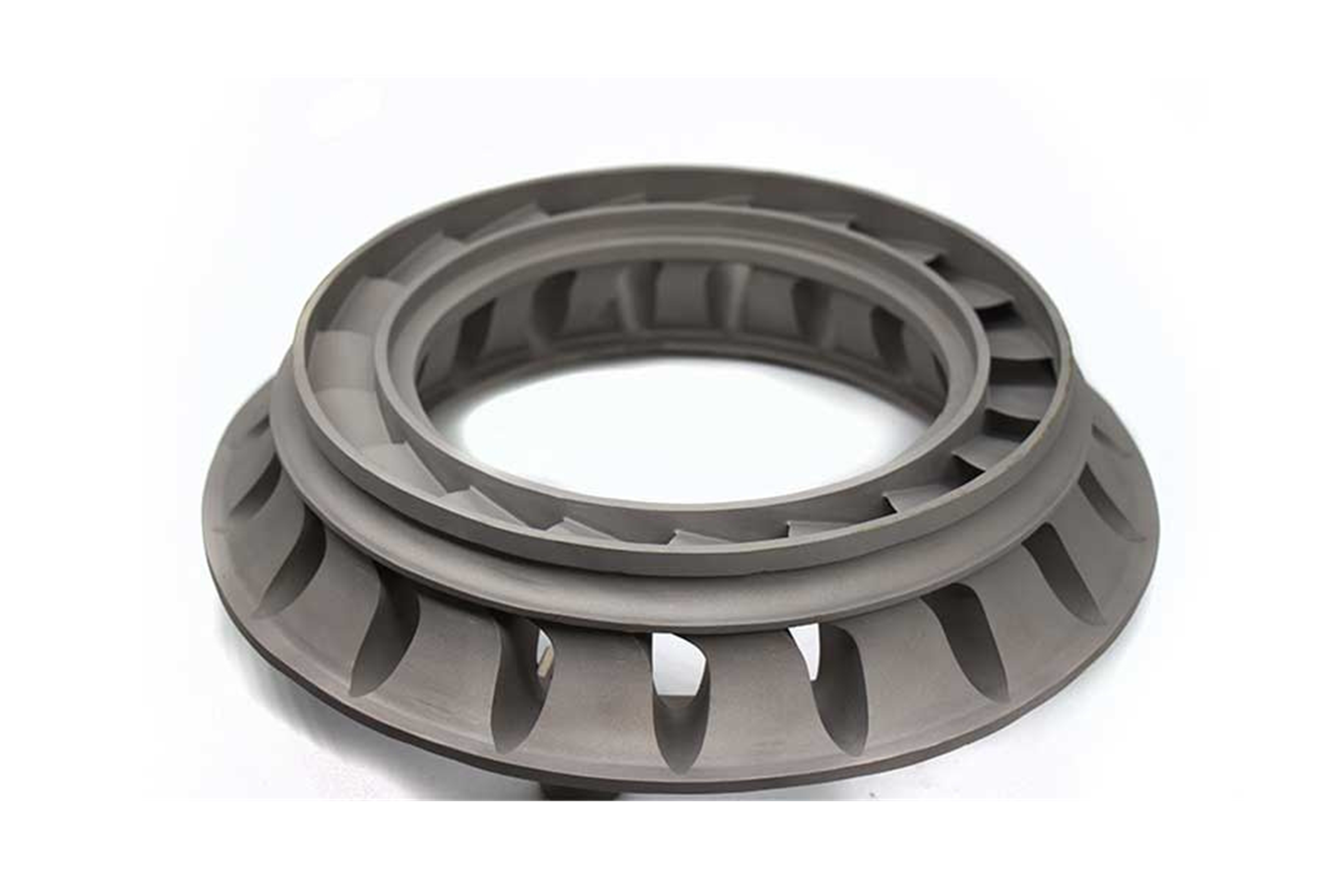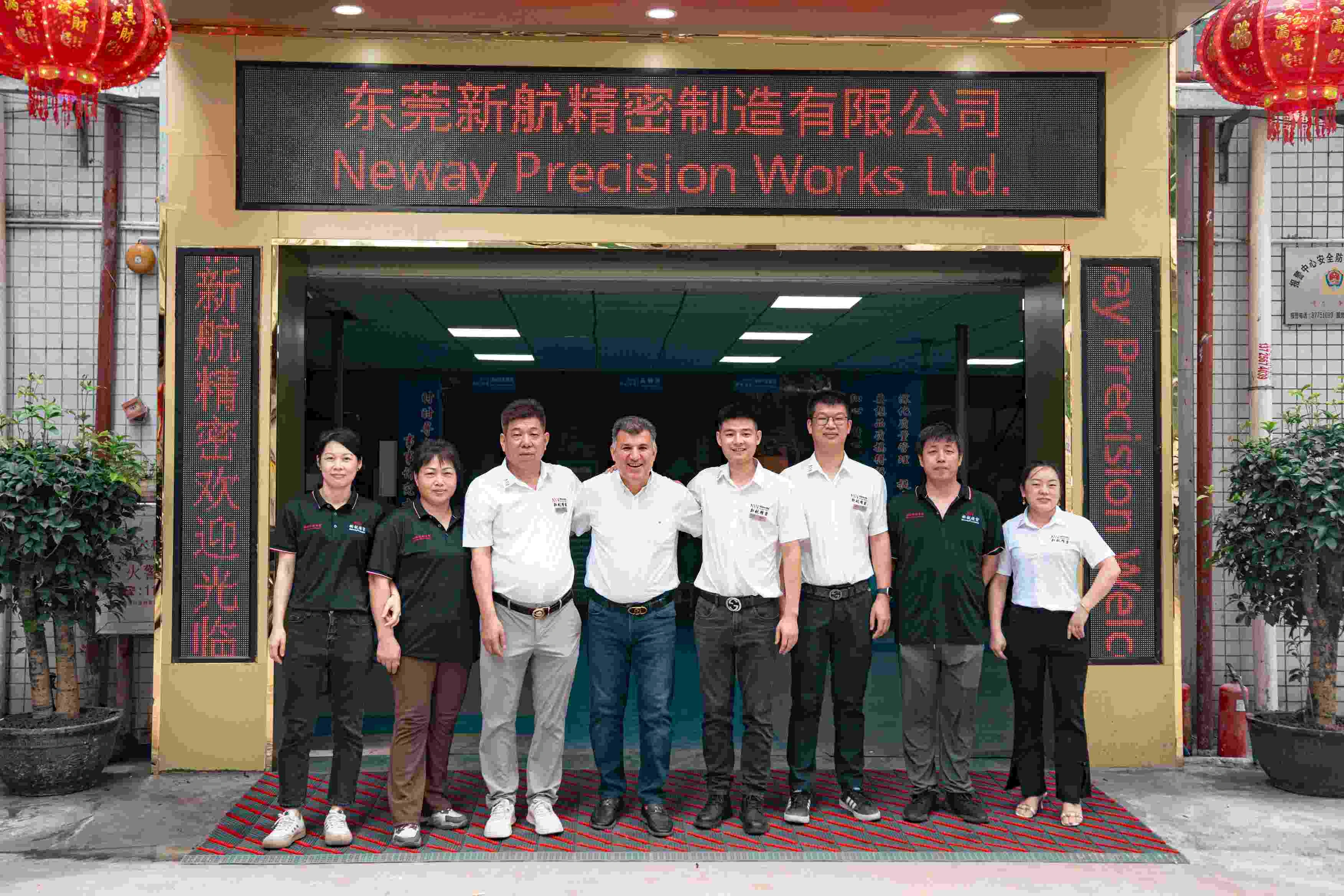Superalloy Equiaxed Crystal Casting Components
Introduction
Equiaxed crystal casting is a precision casting process used to manufacture superalloy components with uniform, isotropic grain structures. These parts exhibit reliable mechanical properties in all directions, ideal for structural and high-thermal-load applications in aerospace, energy, and industrial gas turbines. Grain sizes are typically controlled within 0.5–2 mm, ensuring stable fatigue and creep resistance.
Neway AeroTech delivers equiaxed crystal casting solutions using advanced vacuum investment casting technologies, producing superalloy components with dimensional tolerances of ±0.05 mm and superior metallurgical quality for extreme environments.
Core Technology of Equiaxed Crystal Casting
Wax Pattern Injection: High-precision wax patterns are injected into aluminum dies to replicate the target geometry within ±0.05 mm tolerance.
Ceramic Shell Construction: Multiple ceramic slurry and refractory layers are applied to wax patterns, building a robust mold shell approximately 6–8 mm thick.
Dewaxing and Firing: Wax is removed via autoclave at 150°C, and the ceramic mold is fired at 1000°C to eliminate residuals and harden the shell.
Vacuum Induction Melting: Nickel-based superalloys are melted under vacuum conditions (10⁻³ Pa) at ~1450°C, ensuring purity and compositional consistency.
Controlled Pouring and Solidification: Molten alloy is poured into preheated ceramic shells; uniform cooling promotes equiaxed grain formation for isotropic mechanical properties.
Shell Removal and Surface Cleaning: After solidification, ceramic molds are removed by mechanical vibration and water blasting without damaging the cast part.
Heat Treatment and HIP Processing: Hot isostatic pressing (HIP) and thermal treatment cycles eliminate porosity and enhance tensile and fatigue properties.
CNC Machining and Finishing: Final dimensional accuracy is achieved through CNC machining, surface finishing, and post-cast quality assurance.
Key Superalloys for Equiaxed Casting
IN713LC: Tensile strength ≥1034 MPa; excellent creep resistance at 760°C; oxidation-resistant under turbine environments.
Rene 77: Optimized for turbine disks; good castability, long-term thermal stability, and high creep rupture strength.
Hastelloy X: Excellent oxidation and stress-corrosion resistance up to 1200°C; suitable for combustion liners and casings.
Nimonic 90: High-temperature strength and fatigue resistance; used in rotating and static gas turbine components.
Applications of Equiaxed Crystal Cast Superalloy Components
Aerospace Turbine Nozzles and Vanes: Operate in environments exceeding 950°C with high thermal cycling fatigue demands.
Industrial Gas Turbine Housings: Require isotropic strength to withstand dynamic loading during operation and startup cycles.
Combustor Liners and Shields: Demand oxidation resistance and thermal shock tolerance in gas turbine combustion chambers.
Exhaust Manifolds and Support Rings: Must maintain dimensional stability under prolonged thermal stress and corrosive exhaust gases.
Case Study: IN713LC Turbine Nozzle Segment Casting
Project Scope
A turbine OEM required IN713LC nozzle segments with superior fatigue strength, corrosion resistance, and thermal stability for integration into an industrial gas turbine operating above 950°C.
Manufacturing Process
Wax pattern tooling developed to replicate intricate nozzle geometry with internal cavities.
Ceramic mold construction optimized to maintain thin-wall integrity (minimum 1.0 mm).
Vacuum casting conducted at 1450°C using clean room furnace environment.
Equiaxed grain control achieved with cooling rate regulated to form grains within 1.0–1.5 mm size range.
HIP treatment and CNC finish machining completed prior to non-destructive testing and delivery.
Final Verification
Dimensional accuracy: within ±0.05 mm across mating surfaces.
X-ray and ultrasonic testing: no internal porosity or inclusions detected.
Grain uniformity: 100% equiaxed structure confirmed by metallographic examination.
Fatigue life: >90,000 cycles at 950°C operational environment validated by accelerated life testing.
FAQs
What are the benefits of equiaxed crystal casting for superalloy components?
Which superalloys are commonly used in equiaxed casting applications?
What industries typically use equiaxed crystal cast parts?
How does Neway AeroTech ensure grain structure consistency in equiaxed castings?
What quality assurance measures are taken during equiaxed crystal casting?

